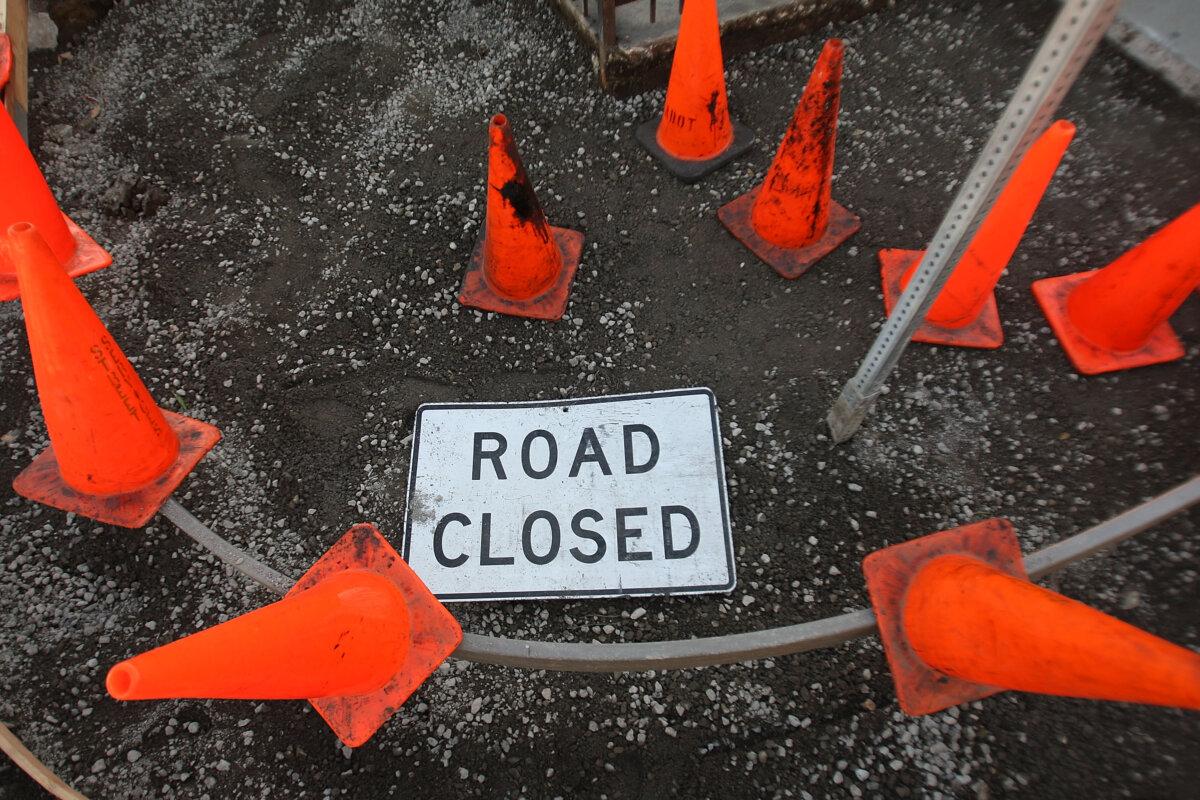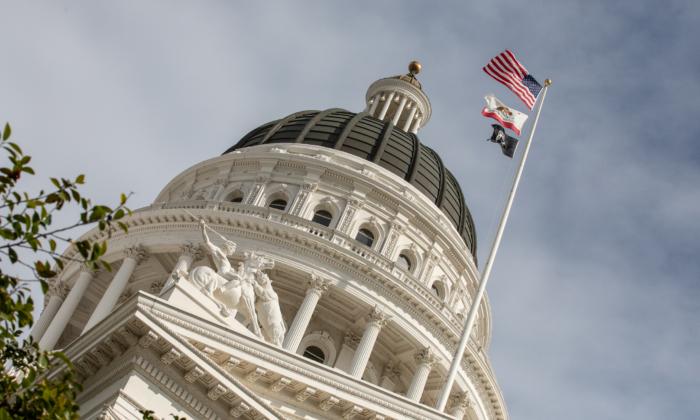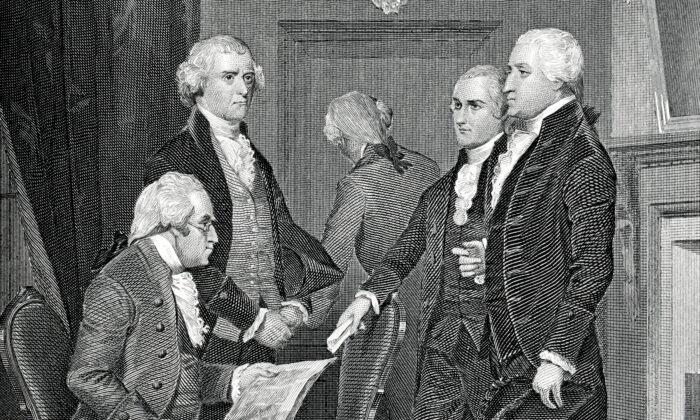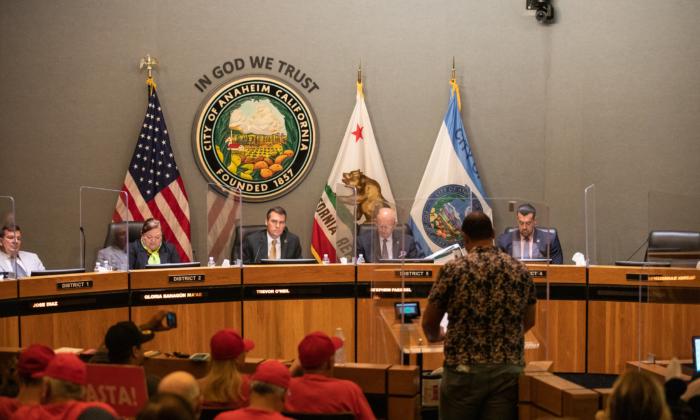In the midst of my annual spring cleaning regimen, I came across a cardboard box of old charging cables and adapters taking up scarce space in my garage.
Cords of various sizes from computers, printers, cell phones, televisions, and other devices I’ve discarded over the years were all clumped together, kept for the remote chance that I may need them again. No doubt, each of those had a distinct purpose for the device I was using at the time, but none of them seemed to match future iterations of the same product. Technology is ever-improving, and as such, most of these cables were simply updated, universalized, or made to be obsolete.
“Planned obsolescence” is the intentional design of a product to last only so long to drive up demand for new products. Changing designs on durable goods allows manufacturers to keep control over their products and limit universal or cross-over appeal to other related products. This means that consumers end up buying newer model cellphones, computers, appliances, cars, and many other products and otherwise reliable components that are unnecessary. The debate over planned obsolescence in commercial production is well-tread and a conversation in many MBA programs in our universities.
California’s convoluted departments and knotty statutes can be compared to these old cords, with the California Environmental Quality Act (CEQA) and the California Department of Transportation (Caltrans) as two prime examples.
CEQA is a statute that requires state and local agencies to identify the significant environmental impacts of their actions and to avoid or mitigate those impacts, if feasible. CEQA applies to projects that require discretionary approval by a government agency and includes statutory and categorical exemptions in the CEQA guidelines. While originally applicable for projects carried out by public agencies, such as Caltrans, courts have expanded extensive environmental review to private development and construction. These guidelines strangle innovation and are rarely improved for better compliance.
As such, the cost of compliance is so high that many private projects, such as housing, hospitals, and businesses, are not seriously considered, let alone built. And when an investor thinks they can wait three to five years for the ministerial approvals and environmental reviews to proceed, they have to contend with costly litigation from not-in-my-backyard activists, competing businesses, and labor groups using the law as leverage to stop the projects or protect their own interests. A law originally meant to protect the environment has become an obstruction to all new development, inducing disinterest and decay.
Then there is our massive, centralized state highway bureaucracy, Caltrans.

While working as a chief of staff in the state Senate, I would often get appeals from people to increase taxes to fund their particular priorities or pet projects. On the wall behind my desk, I kept a full-sized poster of the most recent Chart C, which tracked the budgetary flow of California state fees and taxes designated for transportation purposes.
Understanding how complex the money flow was, in response to their request, I would point to the chart and simply say, “If you can tell me how this all works and that you’re pleased with your roads, I’ll help you figure out how we can raise your taxes.” The statement was rhetorical, of course, but demonstrated that the tangled bureaucracy that California motorists and taxpayers financially support is not producing the roads they are paying for.
In 2014, the California Legislative Analyst’s Office published a report showing that one-third of Caltrans employees were unnecessary. My former boss, then-state Sen. John Moorlach, drafted a bill that would have increased the contracting requirements for the department to save the state hundreds of millions of dollars in annual costs and billions of dollars in projected unfunded liabilities. The proposal phased in contracting requirements every year until the inessential positions were gone. Not a single employee would have lost their job; all savings were to be achieved by attrition and retirements. The Legislature couldn’t be bothered to take that one simple step.
For those who felt like we were going to sacrifice our roads with fewer Caltrans employees, we offered another plan—move the bulk of the state’s road work to the county departments of transportation. After all, counties are the arms of the state and are more effective in delivering higher-quality projects at lower costs than Caltrans. Anyone who has driven between Orange and Los Angeles counties knows immediately when they reach the county line.
Unfortunately, the small, proposed pilot program died in committee when opposed by interests dependent upon government largess—public sector unions. They would rather block innovation than compete against the private sector.
So as you clean out your garage this spring and consider disposing of the obsolete cables you’ve acquired over the years, just think about how many more useless and counterproductive laws and programs the state refuses to address and insists on keeping, well, for the sake of some hoarding bureaucrat.






